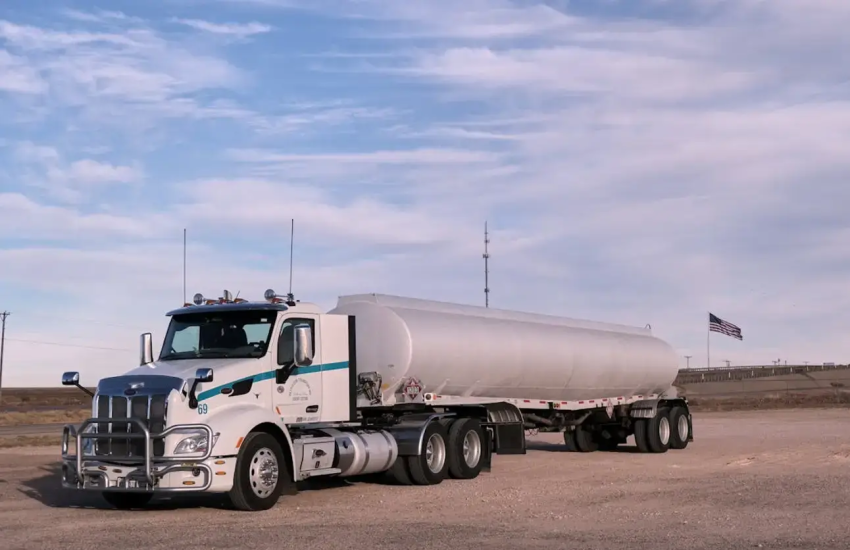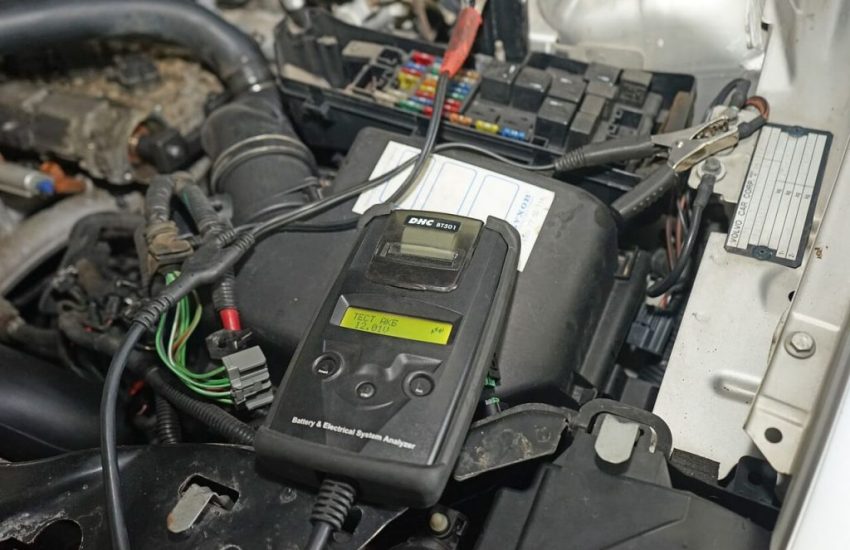Understanding the Role of Car Fenders in Vehicle Safety
Car fenders are the curved panels that frame the wheels of your vehicle. They are designed to cover and protect the wheel wells and prevent debris such as rocks, mud, and water from being flung into the air by the tires. While often thought of as cosmetic elements, fenders serve practical and safety-related functions. Positioned on the front and rear sides of the car, fenders are often the first part of the body to encounter impacts in minor collisions or when navigating through narrow spaces.
Protection Against Road Debris
One of the primary safety roles of fenders is shielding your vehicle from road debris. As your tires rotate, they can kick up gravel, water, and other materials that might otherwise hit sensitive components like the engine bay, brake lines, or even pedestrians and other cars. Fenders act as a barrier that reduces the likelihood of such damage. This not only protects critical systems in your vehicle but also helps maintain better visibility and control by keeping dirt and debris away from your windshield and side mirrors.
Crash Absorption and Impact Zones
Modern fenders are integral to a vehicle’s safety design, playing a crucial role in crash energy management. Designed as part of the crumple zones, fenders, typically crafted from materials like plastic, aluminum, or steel, are strategically engineered to deform upon impact. In a collision, particularly a side or front-end event, these components absorb and redistribute crash forces, mitigating the impact transferred to the passenger compartment. While not primary structural elements, fenders contribute significantly to the overall effectiveness of the vehicle’s crash management system. Their controlled deformation helps to dissipate energy, reducing the risk of injury to occupants. By acting as sacrificial components, fenders enhance vehicle safety by managing impact forces. Going for the Auto Repair in Leander, TX based service would be perfect here.
Enhancing Aerodynamics and Vehicle Stability
Car fenders also contribute to vehicle aerodynamics, particularly in reducing drag around the wheels. Improved airflow around the tires enhances fuel efficiency and helps the vehicle maintain better balance at higher speeds. For sports and performance vehicles, fenders are often precisely contoured to support high-speed stability and reduce lift. Even in everyday vehicles, this aerodynamic benefit can lead to smoother handling and improved safety during highway driving or adverse weather conditions.
Maintenance and Repair Considerations
Damaged or rusting fenders can compromise their protective function and reduce overall vehicle safety. It’s important to have them inspected and repaired promptly after an accident or when signs of wear appear. Professionals in body shops ensure that replacements are properly aligned and painted to maintain both the integrity and appearance of the vehicle. Keeping your fenders in good condition not only enhances aesthetics but also supports critical safety features designed to protect you and your passengers on the road.
In summary, car fenders do more than just frame your wheels—they play a vital role in safety, protection, and performance. Maintaining them properly ensures your vehicle continues to offer optimal protection against both daily wear and unexpected impacts.


